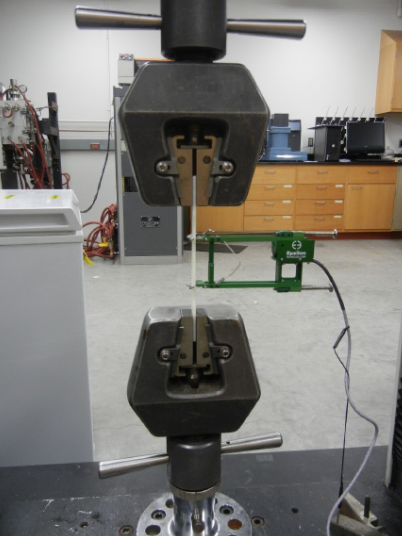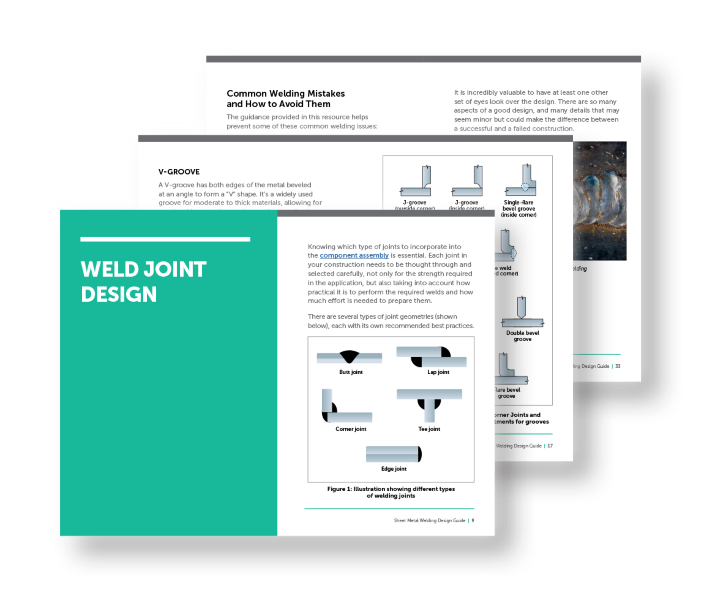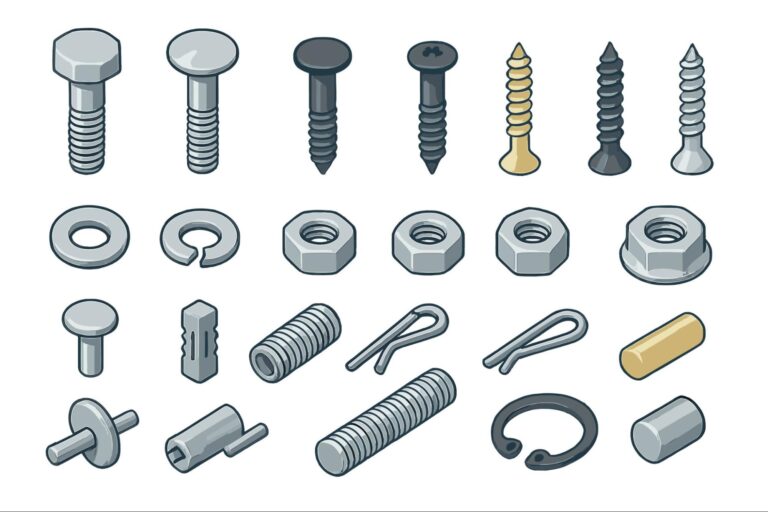Time to read: 3 min
We get a lot of questions about the performance of different 3D printed materials and technologies, specifically as it relates to parts printed on hobbyist vs commercial-grade machines. There are plenty of off-the-cuff ways of making such evaluations, but empirical data is certainly better.
So we were pretty excited when we came across a recent academic study that compares the mechanical properties of PLA and ABS printed on RepRap printers as compared with commercial printers.
In order to measure the mechanical properties of the different components, the researchers tested the tensile strength and elastic modulus of each and compared it to the average tensile strength of commercially printed parts.
Before we dive into the details of the study, let’s briefly review the basic equations for tensile strength and elastic modulus so we know what we’re looking at.
Tensile Strength
To measure the tensile strength of a component, the researchers measured stress under an applied load.
Stress: (σ) is the measure of the internal force an object experiences per unit cross sectional area.
where P is the applied load, and Ao is the original cross-sectional area.
Elastic Modulus
Elastic modulus, also known as Young’s Modulus, is the measure of the stiffness of a material. It states how much a material will stretch (i.e., how much strain it will undergo) as a result of a given amount of stress.
Elastic modulus = stress (σ) / strain (ε)
We already know the equation for stress, so now we need to know how to measure the strain of a given component.
Strain (ε) is the measure of how much an object is stretched.
where L is the original length of a bar being stretched, and lo is its length after it has been stretched. ΔL is the extension of the bar and the difference between these two lengths.
Methodology: How it Went Down
In order to gather a comprehensive data set, the researchers created an .STL file modeled after the ASTM D638, which is the standard test method for measuring the tensile properties of plastics. They then printed 10 pieces based on the same .STL file on a wide range of RepRap printers, including a Mendel, Prusa, Lulzbot, and a custom MOST printer.
The researchers also used a variety of slicing software, including Skeinforge Slic3r, and Cura, and a variety of settings. Since RepRaps and other maker-built 3D printers are highly customizable, each require unique settings in order to print the best parts possible.
For consistency, all pieces were printed with a setting of 100% infill in the x-y plane, which aligned the filament with the direction of the loading with the least number of layers.
Finally, testing was performed on an Instron 4468 load frame controlled and measured using Bluehill Software on a Windows PC.

The Results
The tests proved the following results:
ABS
- average tensile strength of 28.5 MPa (megapascals)
- average elastic modulus of 1807 MPa
PLA
- average tensile strength of 56.6 MPa
- average elastic modulus of 3368 MPa
For comparison, Stratasys’ ABSplus material printed on a Fortus printer, a mid-grade commercial machine, has a tensile strength of 33 MPa and elastic modulus of 2200 MPa.
These numbers show that the PLA and ABS parts printed on RepRap printers are relatively comparable to parts printed on commercial-grade 3D printers and therefore mechanically functional for tensile application.
Main Takeaways
There’s a best tool for every job and when it comes to prototyping basic form and function, this study shows that PLA and ABS printed on lower-cost RepRap or hobbyist printers is a great choice. There are a lot of variables involved in the operation of RepRap printers, but with proper tuning and a knowledgeable operator the results can be great.
For higher resolution parts that show greater prototyping detail the commercial-grade printers have a leg up, but finding the basic form for a product is the right place to start.
Keep building!










